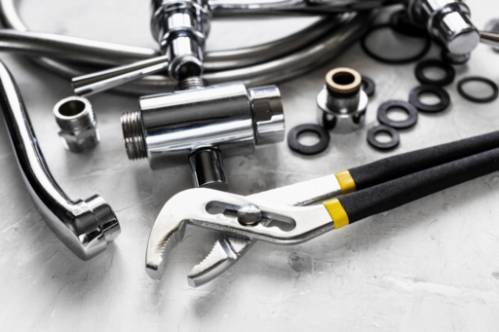Save Money and Prevent Leaks: The Case for Pipe Insulation
22 November 2025 by Saira V.As a homeowner, finding ways to save money and prevent potential issues within your household is always a top priority. One often overlooked but highly effective method of achieving both of these goals is through the use of pipe insulation. By understanding the benefits of pipe insulation, the types of materials available, and the proper installation techniques, homeowners can improve energy efficiency, reduce the risk of leaks, and ultimately save money on costly repairs. In this article, we will explore the cost-effectiveness and energy savings of pipe insulation, as well as its maintenance and longevity aspects. Additionally, we will consider the environmental impact and regulations surrounding the use of pipe insulation in modern homes.

Understanding the Benefits of Pipe Insulation
By insulating both hot and cold water pipes, homeowners can prevent heat loss and condensation buildup, leading to significant long-term savings. Additionally, pipe insulation helps to reduce the risk of freezing pipes and subsequent water damage, making it a crucial component of home maintenance in colder climates. Overall, understanding the benefits of pipe insulation can lead to improved energy efficiency, cost savings, and peace of mind for homeowners.Types of Pipe Insulation Materials
Pipe insulation materials come in a variety of types, each with their own unique properties and benefits. Some common types of pipe insulation materials include fiberglass, foam rubber, polyethylene, and mineral wool. These materials are chosen based on factors such as the temperature and environmental conditions of the pipes, as well as the desired level of insulation and protection. Each type of material has its own strengths and weaknesses, and it's important to carefully consider these factors when selecting the right insulation for your pipes.Determining When to Use Pipe Insulation
It is important to consider pipe insulation for exterior pipes, pipes in unheated areas, and pipes in areas that are prone to freezing temperatures. Additionally, pipe insulation should be considered for hot water pipes to conserve energy and reduce heat loss. Ultimately, determining when to use pipe insulation comes down to the specific needs and conditions of your home or building.How to Properly Install Pipe Insulation
Properly installing pipe insulation is crucial to ensuring its effectiveness and longevity. Here are the steps to follow when installing pipe insulation:1. Measure and Cut: Measure the length of the pipes you need to insulate, and then cut the insulation material to fit. Make sure to leave a small gap for the insulation to expand.
2. Clean the Pipes: Before installing the insulation, make sure the pipes are clean and free of any dirt or debris. This will help the insulation adhere properly.
3. Apply Adhesive: If using adhesive-backed insulation, peel off the backing and firmly press the insulation onto the pipes. If not, apply an appropriate adhesive to the insulation and pipes according to the manufacturer's instructions.
4. Seal Joints: For sections where the pipes connect, seal any joints or gaps using insulation tape or sealant. This will help ensure there are no areas left exposed.
5. Secure with Fasteners: Use fasteners such as cable ties or metal bands to secure the insulation in place and prevent it from slipping or moving over time.
6. Insulate Valves and Fittings: Don't forget to insulate any valves, fittings, or other protruding elements along the pipes to ensure complete coverage.
7. Check for Proper Coverage: Once the insulation is installed, double-check that there are no gaps or areas left uninsulated. Proper coverage is key to maximizing the insulation's effectiveness. By following these steps and taking the time to properly install pipe insulation, you can help prevent leaks, save money on energy costs, and prolong the lifespan of your pipes.